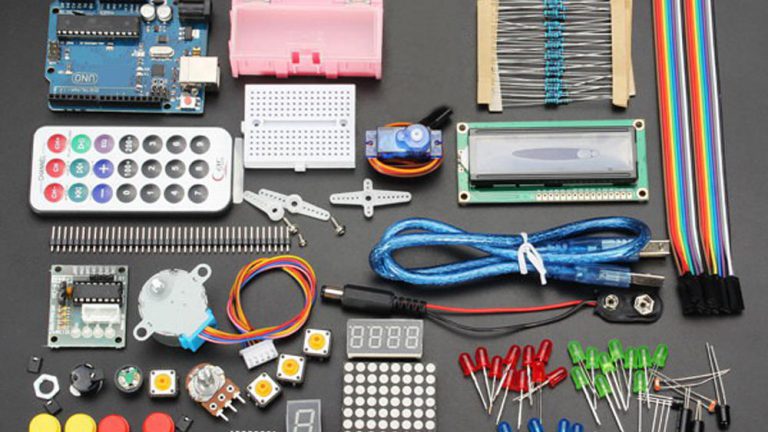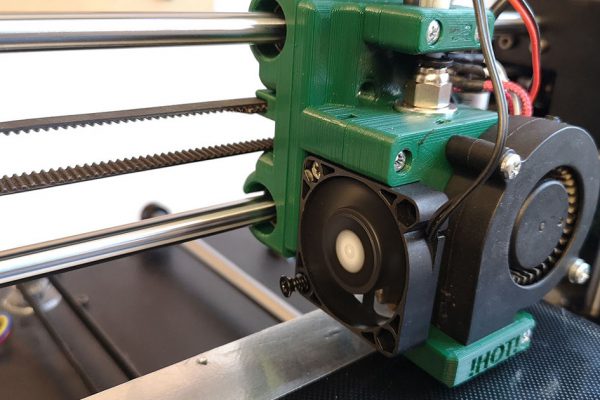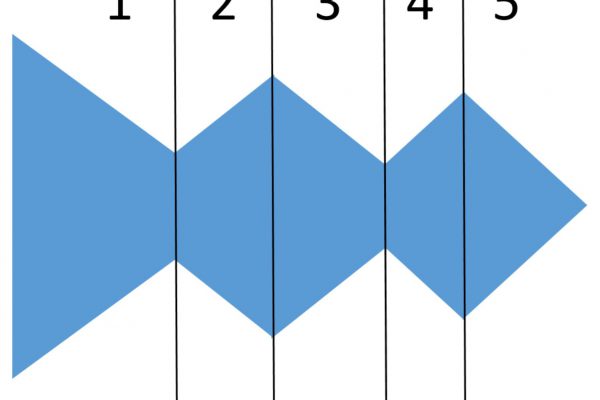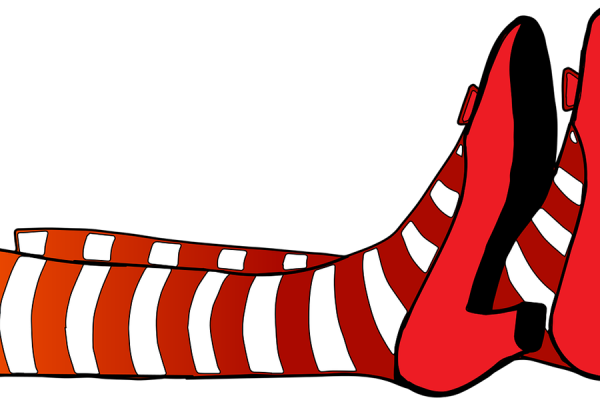Finally, we can build something. Ideation and prototyping are 2 methods from the Design Thinking process. These 2 methods are iterative, and become more powerful with each cycle. I will highlight these 2 very powerful methods, and tell you how combine them with research and use them to quickly create a viable concept or Minimum Viable Product (MVP).
This is part of the Innovation engineering blog series.
Rule #1: Repeat
Prototyping is a single in the process, but it consists of rapid iterations to test assumptions and ideas. This means that with every iteration, we’ll learn more and more about possibilities and limitations. More iterations, mean more learnings, means a better product. In short, the more you repeat these steps, the better your end result will be.
Rule #2: Isolate
Before we can start creating a prototype, we’ll need to identify what we want to test with the prototype. A fully funtional and visual prototype is always fun to build, but it is the last step in the process. First we’ll need to test individual assumptions or remove unknowns. A good idea is to isolate the single functions and aspects of the idea, and test each one individually. This allows you to exclude a lot of variables that exist when parts start working together, and focus on exactly whatever you want to test. Please see the example below.
Ideation
We can use different methods to ideate, and selecting one (or preferably, mutiple) is dependent on team dynamic and personal preference. If you or your team doesn’t fel comfortable using a certain tool, chances are the results won’t be great. Find something you like, and have fun with it. A good social atmosphere is extremely condcive to creativity and good ideas. My own personal preference is the “worst possible idea” approach. This gets the worst idea out of the way early in the process, which removes mental and social barriers later on, and gives everyone a good laugh.
Prototyping
People often tell me that they think prototyping is something for mad professors and engineers, involving massive budgets, lasers and possibly creating a black hole. This is usually not true, prototyping is a powerful tool, and it can be as low level as a paper prototype. Prototyping just means create something with the soul purpose of testing.
Prototyping is often associated with Rapid Prototyping, but these techniques are rarely cost effective in the early stages of development. Your prototype should have the lowest level of complexity neccesary to test whatever you want to test. This can mean using paper, cork and spaghetti, but it could also mean using 3D printed carbon reinforced parts. It all depends on your goal and thirst for knowledge.
How to prototype
Prototyping can be intimidating, especially when you’ve never done this before. A good idea to start with is to make prototypes that test each function or aspect of your idea. This way you can cover the basic functionality of your idea and quickly see what does and what doesn’t work. In the example below I take 1 function and create different ideas for possible solutions, some of these might be proven ideas (no need for prototyping), but some may be complete unknowns. In the latter case, a prototype is a good idea.
The prototyping process will always teach you things that you didn’t think of, or couldn’t find out doing only deskresearch. This means it is also time to add to the requirements drafted in the first step. These will be ever more specific to each function or aspect.
Iterate
No one will ever get it right the first time, and if you do get it right, there is always time for improvement. Taking what you’ve learned and validated in this step (validated learnings) and going through the whole ideation and prototyping process again, will only make your result better each time. How many times you iterate is up to you, but take care of the pitfall of emotion. “I don’t think we are ready” is lurking, and can get you caught in this process, ever iterating, never moving forward.
Every time you complete a cycle (ideation, prototyping), evaluate what you’ve learned, and exactly how this applies to your end goal. If your goal is to create an MVP (minimum viable product), the trick is to get to the core of your idea and only validate that. Spoiler alert, this usually means 1 or 2 core functionalities.
If you would like my help with your development process, please contact me through greatscott.nl or reach out in the comments below.
Example: Vending machine
Functional description
Say we want to design a new type of vending machine. This dispenses drinks by handing them to the user (rather than the user reaching for it). The user will use a touch screen interface to select the product they want and pay by NFC. It will need to identify the user, locate their hand, dispense the drink and not kill anyone in the process. The touch screen interface will have to be intuitive, and the machine will have to explain to the user how it works.
The main functions for this machine are:
1. Allowing a user to select a product
2. Identify User and hand location
3. Dispense product to user
In terms of affordance, the machine will have to:
1. Invite the user to use the touch screen
2. Invite the user to use NFC payment
3. Explain to the user how the machine will interact with them
Isolate
For the sake of brevity, I’ll take 1 example to create, build and test. I’ll focus on dispensing the product. To really isolate this to be able to prototype, we’ll need to identify what we want to know after building the prototype. In this case, we will want to know what methods are feasible of dispensing the product to the user. The focus then, will be on functionality. In other cases, the focus could be on user experience, visual design, affordance, user perception, etc.
Ideation
We can use different methods to ideate, and selecting one is dependent on team dynamic and personal preference. A classic brainstorm, for example, could give you ideas like:
1. A robot arm
2. Shoot the product into the air and have the user catch it
3. Levitate product with magnets
4. Have the product materialise in the users hand
Prototyping
If we want to test if shooting the product in the air would work, we can start thinking of a prototype. This particular idea would have 3 challenges:
1. Be able to repeatedly launch products
2. Be able to launch different products in the air
3. Calculate trajectory (and predict landing point)
A protoype for launching the products could be a simple spring loaded platform, an old school ballista, or a complex pneumatic canon. Choose the lowest level of complexity for each prototype.










whats the next?
The next post 😉
https://huibertharteloh.nl/innovation-engineering-conceptualization/